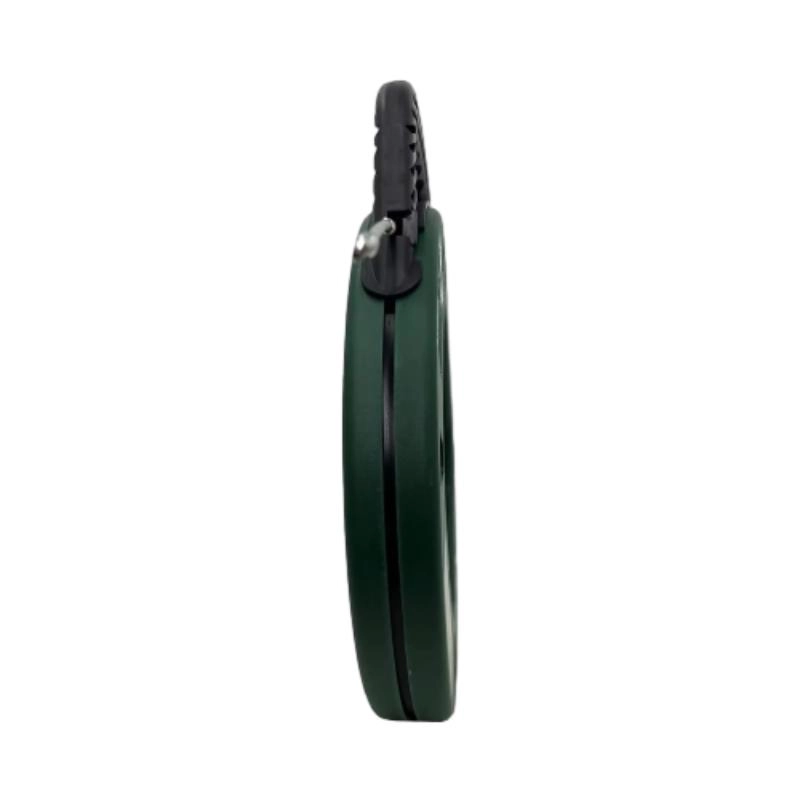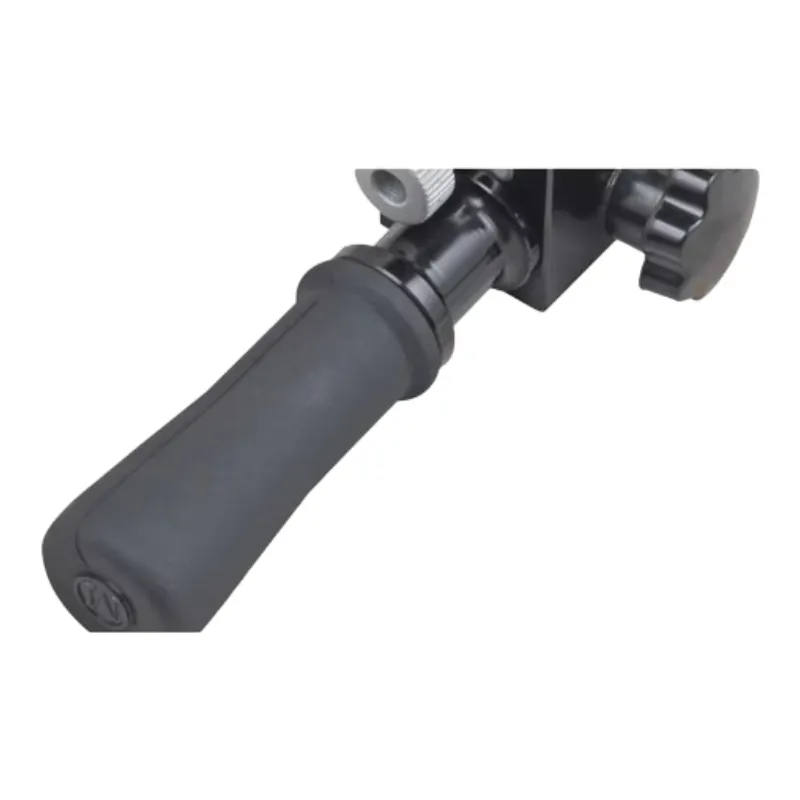
-
 Afrikaans
Afrikaans -
 Albanian
Albanian -
 Amharic
Amharic -
 Arabic
Arabic -
 Armenian
Armenian -
 Azerbaijani
Azerbaijani -
 Basque
Basque -
 Belarusian
Belarusian -
 Bengali
Bengali -
 Bosnian
Bosnian -
 Bulgarian
Bulgarian -
 Catalan
Catalan -
 Cebuano
Cebuano -
 Corsican
Corsican -
 Croatian
Croatian -
 Czech
Czech -
 Danish
Danish -
 Dutch
Dutch -
 English
English -
 Esperanto
Esperanto -
 Estonian
Estonian -
 Finnish
Finnish -
 French
French -
 Frisian
Frisian -
 Galician
Galician -
 Georgian
Georgian -
 German
German -
 Greek
Greek -
 Gujarati
Gujarati -
 Haitian Creole
Haitian Creole -
 hausa
hausa -
 hawaiian
hawaiian -
 Hebrew
Hebrew -
 Hindi
Hindi -
 Miao
Miao -
 Hungarian
Hungarian -
 Icelandic
Icelandic -
 igbo
igbo -
 Indonesian
Indonesian -
 irish
irish -
 Italian
Italian -
 Japanese
Japanese -
 Javanese
Javanese -
 Kannada
Kannada -
 kazakh
kazakh -
 Khmer
Khmer -
 Rwandese
Rwandese -
 Korean
Korean -
 Kurdish
Kurdish -
 Kyrgyz
Kyrgyz -
 Lao
Lao -
 Latin
Latin -
 Latvian
Latvian -
 Lithuanian
Lithuanian -
 Luxembourgish
Luxembourgish -
 Macedonian
Macedonian -
 Malgashi
Malgashi -
 Malay
Malay -
 Malayalam
Malayalam -
 Maltese
Maltese -
 Maori
Maori -
 Marathi
Marathi -
 Mongolian
Mongolian -
 Myanmar
Myanmar -
 Nepali
Nepali -
 Norwegian
Norwegian -
 Norwegian
Norwegian -
 Occitan
Occitan -
 Pashto
Pashto -
 Persian
Persian -
 Polish
Polish -
 Portuguese
Portuguese -
 Punjabi
Punjabi -
 Romanian
Romanian -
 Russian
Russian -
 Samoan
Samoan -
 Scottish Gaelic
Scottish Gaelic -
 Serbian
Serbian -
 Sesotho
Sesotho -
 Shona
Shona -
 Sindhi
Sindhi -
 Sinhala
Sinhala -
 Slovak
Slovak -
 Slovenian
Slovenian -
 Somali
Somali -
 Spanish
Spanish -
 Sundanese
Sundanese -
 Swahili
Swahili -
 Swedish
Swedish -
 Tagalog
Tagalog -
 Tajik
Tajik -
 Tamil
Tamil -
 Tatar
Tatar -
 Telugu
Telugu -
 Thai
Thai -
 Turkish
Turkish -
 Turkmen
Turkmen -
 Ukrainian
Ukrainian -
 Urdu
Urdu -
 Uighur
Uighur -
 Uzbek
Uzbek -
 Vietnamese
Vietnamese -
 Welsh
Welsh -
 Bantu
Bantu -
 Yiddish
Yiddish -
 Yoruba
Yoruba -
 Zulu
Zulu


TEL:
0086-311-88862036
Jan . 22, 2025 05:51 Back to list
Cable Clamp
The realm of telecommunication infrastructure employs various tools to ensure the seamless transmission of information across vast distances. Amongst these, aerial cable suspension clamps hold critical importance due to their role in stabilizing and supporting cables in elevated installations. Their relevance extends beyond mere utility, offering insights into safety standards, engineering innovations, and technological evolution within the industry.
From a professional standpoint, it is imperative to note the authoritativeness of standards governing the production and use of these clamps. Regulatory bodies, as well as international standards organizations, have laid down stringent guidelines that ensure these components meet safety and efficiency requirements. Compliance with standards such as the IEEE (Institute of Electrical and Electronics Engineers) and others specific to telecommunications matrices demonstrates the commitment of manufacturers towards maintaining high product standards. This adherence not only optimizes the performance of cable systems but also ensures worker safety during installation and maintenance work. Trustworthiness in the realm of aerial cable suspension clamps also stems from continuous advancements and innovations infused into their designs. Modern clamps often feature adjustable components that allow for adaptability in various climates and terrains. Additionally, ongoing research and field testing further bolster their design efficacy and durability. Manufacturers often collaborate with telecommunication firms to tailor solutions that address unique infrastructural challenges. In conclusion, aerial cable suspension clamps are not merely accessories in telecommunication infrastructures but are pivotal in optimizing the performance and safety of cable networks. Their significance is rooted deeply in practical experience, backed by expert engineering, adherence to authoritative standards, and the trust vested in their proven capabilities. With the evolving landscape of global communication, these clamps will continue to play a critical role in enhancing the resilience and efficiency of telecommunication systems worldwide. This perspective on aerial cable suspension clamps highlights a niche in telecommunication that intertwines engineering discipline with practical application, forming the backbone for modern digital connectivity.


From a professional standpoint, it is imperative to note the authoritativeness of standards governing the production and use of these clamps. Regulatory bodies, as well as international standards organizations, have laid down stringent guidelines that ensure these components meet safety and efficiency requirements. Compliance with standards such as the IEEE (Institute of Electrical and Electronics Engineers) and others specific to telecommunications matrices demonstrates the commitment of manufacturers towards maintaining high product standards. This adherence not only optimizes the performance of cable systems but also ensures worker safety during installation and maintenance work. Trustworthiness in the realm of aerial cable suspension clamps also stems from continuous advancements and innovations infused into their designs. Modern clamps often feature adjustable components that allow for adaptability in various climates and terrains. Additionally, ongoing research and field testing further bolster their design efficacy and durability. Manufacturers often collaborate with telecommunication firms to tailor solutions that address unique infrastructural challenges. In conclusion, aerial cable suspension clamps are not merely accessories in telecommunication infrastructures but are pivotal in optimizing the performance and safety of cable networks. Their significance is rooted deeply in practical experience, backed by expert engineering, adherence to authoritative standards, and the trust vested in their proven capabilities. With the evolving landscape of global communication, these clamps will continue to play a critical role in enhancing the resilience and efficiency of telecommunication systems worldwide. This perspective on aerial cable suspension clamps highlights a niche in telecommunication that intertwines engineering discipline with practical application, forming the backbone for modern digital connectivity.
Next:
Latest news
What Are Construction Tools and How Are They Used?
NewsJul.11,2025
Professional-Grade Duct Rodding Tools for Superior Cable Installation
NewsJul.11,2025
Enhancing Safety and Efficiency with Modern Hot Stick Solutions
NewsJul.11,2025
Empowering Cable Installation with Advanced Rodder Solutions
NewsJul.11,2025
Elevate Your Cable Installation Projects with Cable Pulling Tools
NewsJul.11,2025
Efficient Cable Handling Solutions: Cable Rollers for Sale
NewsJul.11,2025
Copyright © 2025 Shijiazhuang Bilo Import and Export Trading Co., Ltd. All Rights Reserved. Sitemap | Privacy Policy

BlLo lmport & Éxport is specialized in power and cable equipment andconsiruction tools,Qur main producis are FRP
duct rodder, cable rollerscable pulling winch, cable drum jack, cable pulling sock, etc.
Copyright © 2025 Shijiazhuang Bilo Import and Export Trading Co., Ltd. All Rights Reserved. Sitemap | Privacy Policy










